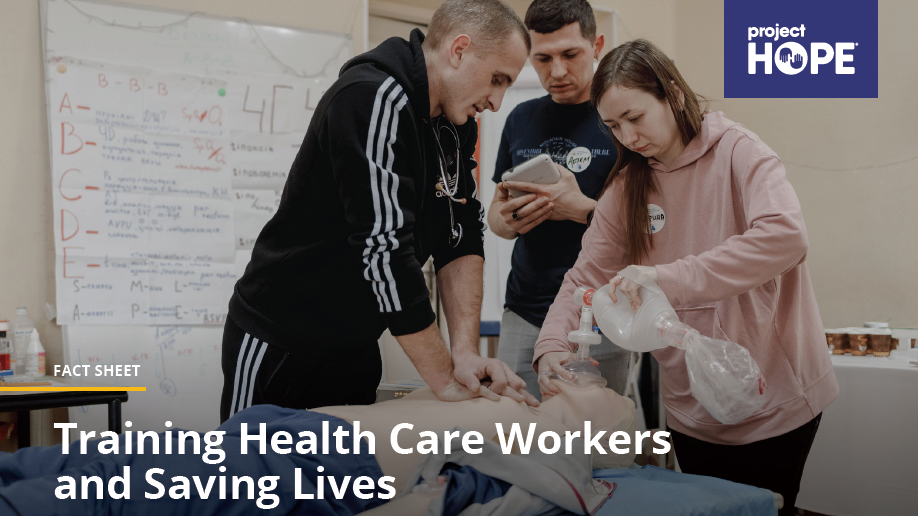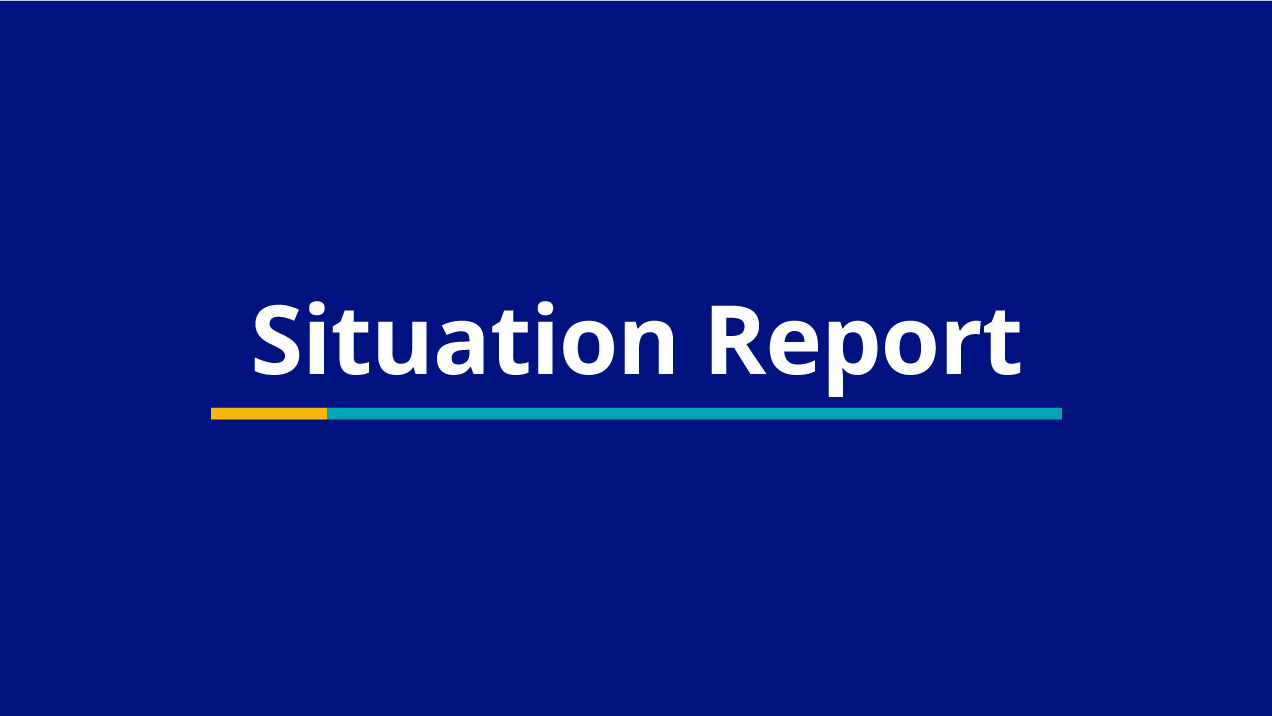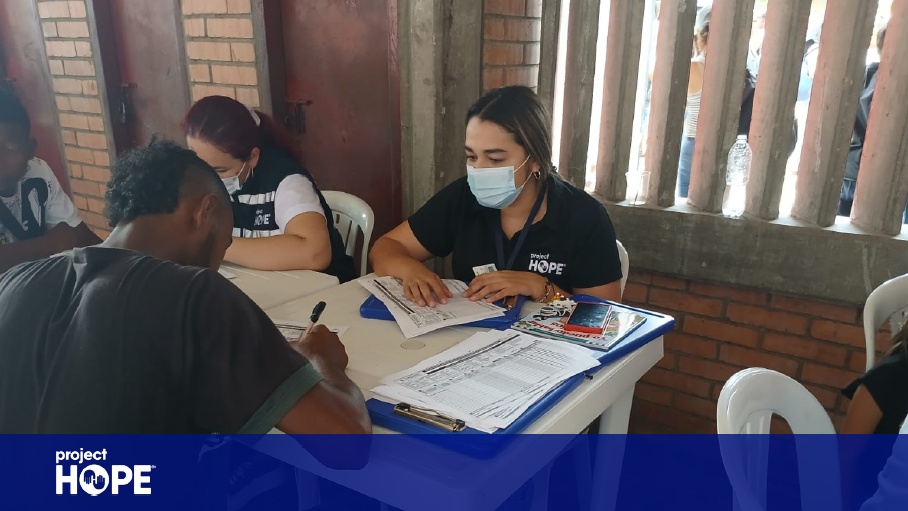Peer-Reviewed Article | Vaccination dropout and wealth related inequality
Among children aged 12-35 months in remote and underserved settings of Ethiopia: a cross-sectional evaluation survey

This cross-sectional evaluation survey aimed to determine vaccination dropout rates and predictors among children aged 12–35 months in remote and underserved areas of Ethiopia. The study included pastoralist, developing & newly established regions, conflict-affected areas, urban slums, internally displaced populations, and refugees. Vaccination dropout was estimated as the proportion of children who did not get the subsequent vaccine among those who received the first vaccine. A total of 3,646 caregivers of children participated in the study with a response rate of 97.7%. The BCG to Penta-3 (52.5%), BCG to MCV-2 (57.4%), and Penta-1 to Penta-3 (43.9%) dropouts were all high. The highest Penta-1 to Penta-3 dropout rate was found in developing regions (60.1%) and the lowest was in urban slums (11.2%). Caregivers who were working outside their homes, who had no postnatal care follow-up visits, who did not receive a service from a skilled birth attendant, who were older than 45 years, and who were less gender empowered had increased odds of Penta-1 to Penta-3 dropout. The odds of dropout for children from poor caregivers was nearly two times higher compared to their wealthy counterparts. Poor wealth quintile, advanced maternal age, low women empowerment, and limited utilization of maternity care services contributed to vaccination dropout.
 Loading…
Loading…



